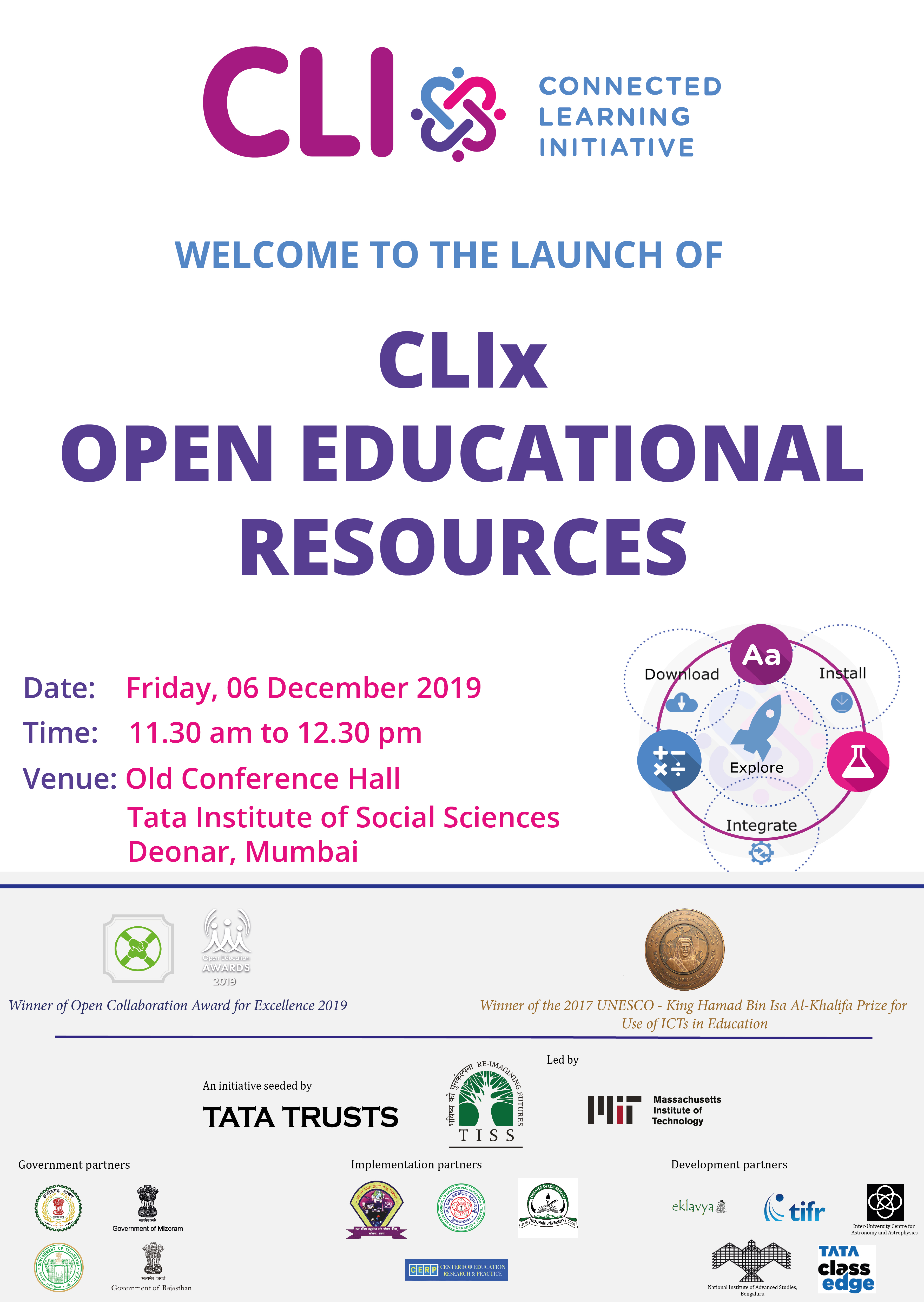Connecting to Language through Stories: Reflection on Dastaan Orientation [Chattisgarh]
Dastaan Fellowship is an initiative of CLIx-English team. The role of the fellows is to understand the learner’s learning habitat across Rajasthan, Mizoram, Telangana and Chattisgarh; that is how are they ‘learning’? So that Clix-English team can examine the context of the learner’s habitat and later on that context will give a scope to design the English curriculum. Here, habitat signifies specific food, technology, environment and family, although these themes are not an exhaustive list. This intervention will help high school students and their teachers in many different ways; from my interpretation I can say that it will help them to exercise their agency to speak up, empowering learners through breaking digital divide at scale.
I accepted this fellowship only because of one reason. The curriculum design uses a bottom up approach. The community will be participating directly in the curriculum design. The central question is who is the knowledge producer? That is the question which excites me. The three day orientation by CLIx-English Team at TISS from 21st December 2015 to 23rd December 2015, helped me to understand the larger goal of this fellowship, broader research questions, roles and responsibilities on field, research methodologies, use of technology throughout the fellowship period and the deadlines too. In this orientation process I moved towards figuring out my research agenda for Chattisgarh.
What I have learned in the three days of orientation are experiences of Photo essays, storytelling, documentaries, semi-structured interviews and research tool in which the one person tells us stories from which rest of us are to draw our own conclusions. The interesting part is that stories are not passive, they change meaning as per the listener’s beliefs/norms. The stories and movies we heard and watched during the orientation showed us various ways to look at an issue and helped us consider how we can pursue an issue so that it might expand our episodes of knowing and help us consider different viewpoints. The discussed stories were situated in a culture, School, family, extended family and community context that provides the background to stories and to which the stories are tied. As such the stories have greater meaning to me, sharing these understandings and hearing other side of stories can relate to our stories and that leads to other community- stories of war, freedom, movies, struggle, of family, of trouble, of making as there are similar stories in their own contexts ties that keep us connected.
The stories teach us language norms too. Like its syntax, voice pitch, motor gestures etc. They are powerful teachings that aid us in knowing who we are. I am not a story teller, but I am a vast consumer of stories as end user. I think about story in the same way that a carpenter thinks about trees, a banker thinks about bank notes, a teacher thinks about her students etc. Here in my research my prime task is to listen stories. Stories that close to learner’s past, her words, community, her everyday life and her aspiration as a high school student.
Every research has two kinds of data. One kind of data I can record and another one is difficult to record. I can say like this one is google-able later and the other you can’t, it is just like that. Researcher have to consciously experience the observation and maintain most of those events in a record form. But sometimes it will be tough to maintain the recording and maintain pace of the research simultaneously. Technology may help regarding this problem.
Apart from photographs, audio recording, visuals, field diaries, students and teachers notes etc., it will be interesting to connect such everyday stories to other people who are sitting far from the field sites through websites, blogs, social networking. This kind of virtual connection will help the researcher to critically engage on the field via suggestion from mentors, comments and additional input from experts. Digital tools to engage in ethnography not only gives of balanced data structure for research output but also enables of research methods divers and more exciting because larger researchers communities can access of the learner’s voice. Connectnedness always gives a hope to access different and new epistemic communities.




